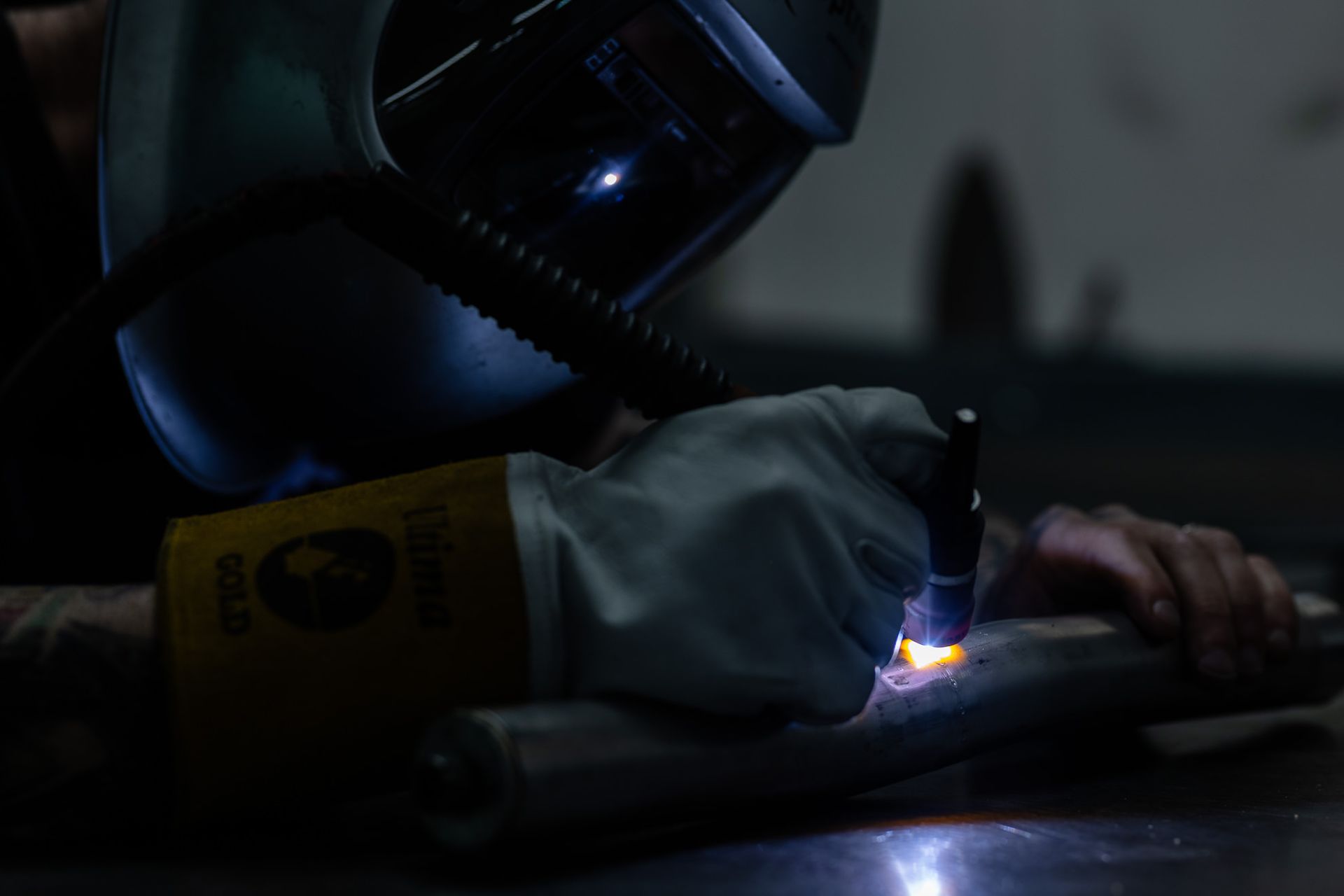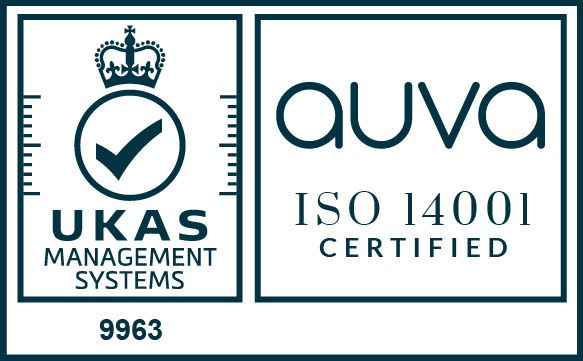Five Benefits of Filament Winding
Polar Technology are market leaders in the process of filament winding, creating specialist, lightweight composite components which are ideally suited to the demands of high-performance industries.
Polar Technology will often then incorporate this composite part into a wider assembly, in many instances joining the composite to metallic elements using a patented mechanical interface.
Filament winding is a specialist technique, which involves wrapping continuous fibres around a rotating mandrel or part. Polar Technology have advanced filament winding facilities, including six custom-designed, CNC controlled machines, and can produce components with either a wet-wound process or with pre-impregnated material. For more information on our full capabilities, click here
There are many benefits to filament winding as a manufacturing method, including:
Produces Lightweight, Durable Components
Filament winding produces composite components with excellent strength-to-weight characteristics. This is ideal for the demands of industries such as aerospace, defence, automotive and motorsport. The resulting properties of the part can help to improve payload capacity, maximise pressurised gas/fluid storage, contribute to a higher operating speed for rotating parts and optimise the available space envelope. Filament wound composite parts also offer greater fatigue and corrosion resistance than metallic equivalents, making them a more reliable, durable alternative.
Enhanced Precision and Consistency
Polar Technology’s cutting-edge filament winding facilities allows for CNC automated, repeatable manufacturing. They have recently installed a brand-new, custom-made high-volume machine, with precision tension control and simultaneous, 3-spindle winding, that can accommodate parts up to 6m in length. This allows for rapid, high-volume production and subsequently reduces labour costs and cycle times.
Material Efficiency
Another advantage of Polar Technology’s filament winding facilities is the amount of fibre and resin that can be precisely controlled at high volume rates, through our 9-tow fibre delivery system, which minimises material waste, leading to cost savings for customers and ensuring a more sustainable process.
Flexibility of Fibre Orientation
Flexibility is central to the filament winding process, as a wide variety of laminates can be generated using a multitude of fibres, offering the capacity to tailor fibre orientations to fit the specific requirements of the end application.
Polar Technology are specialists in both hoop and helical winding, with hoop winding providing maximum circumferential strength. Helical winding allows for control over the mechanical properties of the composite material to balance between axial and circumferential strength. Polar Technology utilise this capacity to produce complex components such as launch tubes, rotor retention sleeves, pressure vessels and transmission shafts.
Integration with Metallic Sub-Components
Another key area of expertise at Polar Technology is in the integration of filament wound composite components with metallic end fittings. Our patented composite to metallic mechanical interface removes reliance on adhesives, thus reducing risk of fatigue maximising durability.
Assembly and joining processes are supported by designated manufacturing cells, which includes slitting, measuring, pressing, balancing and torque testing facilities, turning the tubular composite structures into turnkey transmission shafts.
Our filament wound product portfolio includes transmission shafts for aircraft engine and actuation systems, pressure vessels and hydraulic accumulators and retention sleeves for electric motors.
If you have a project that you think would be suited to the filament winding process, you can speak to our team by clicking here








